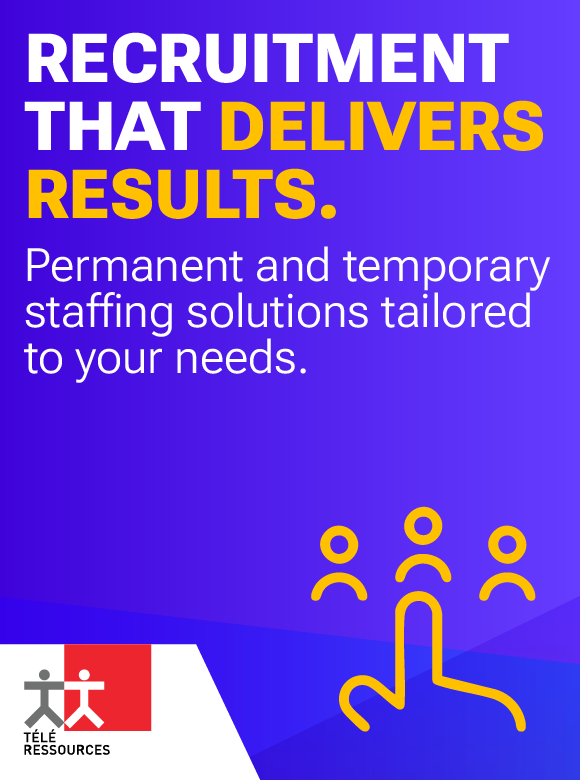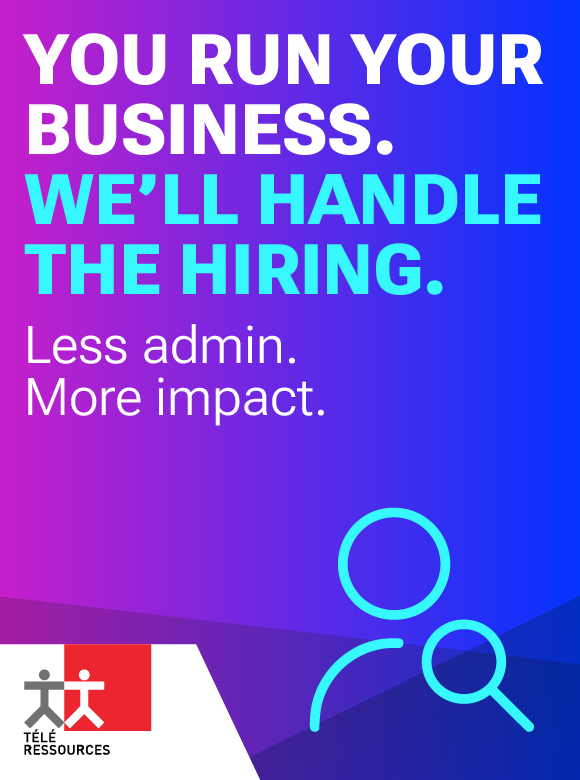How to Predict & Prepare for Skill Gaps in Your Workforce
 To sustain a competitive edge in your industry, anticipating and addressing skill gaps in your workforce is crucial. A proactive approach ensures your organization can adapt to evolving market demands, new technologies, and shifting strategic priorities. Here’s how to predict and prepare for skill shortages before they impact your organization’s performance.
To sustain a competitive edge in your industry, anticipating and addressing skill gaps in your workforce is crucial. A proactive approach ensures your organization can adapt to evolving market demands, new technologies, and shifting strategic priorities. Here’s how to predict and prepare for skill shortages before they impact your organization’s performance.
Conduct Workforce Assessments to Identify Future Needs
Begin by auditing your current talent and mapping it against your company’s long-term goals. Interview department heads and team leads to understand upcoming projects, technology rollouts, and expansion plans. Use competency frameworks to rate existing employees’ strengths and weaknesses. This qualitative insight, paired with organizational strategy, highlights which roles or capabilities will be in highest demand—whether it’s advanced data analytics, digital marketing expertise, or leadership in remote team management.
Leverage Data to Forecast Skill Shortages
With a clear picture of your present workforce and future objectives, turn to quantitative data to forecast gaps. Analyze hiring trends, turnover rates, and internal promotion pipelines. Incorporate labour market intelligence—such as industry hiring reports and regional talent availability—to gauge how easy or difficult it will be to fill emerging roles. Predictive analytics tools can model scenarios: for example, projecting a need for a 20% increase in cybersecurity specialists over the next two years based on growth in digital operations. These forecasts help prioritize resources and shape training or hiring strategies.
Create Internal Training and Development Programs
Bridging skill gaps from within is often faster and more cost-effective than external hiring. Design targeted learning paths that combine formal training, on-the-job experiences, and mentoring. Partner with online education platforms to offer courses in high-demand areas—cloud computing, UX design, or agile methodologies. Implement “stretch assignments” that allow employees to apply new skills in real projects, supported by senior colleagues. Regularly evaluate program effectiveness by tracking metrics such as course completion rates, internal mobility, and performance improvements.
Collaborate with Recruitment Agencies for Proactive Talent Sourcing
Even with strong internal programs, you’ll occasionally need to bring in external expertise. Establish partnerships with specialized recruitment agencies to build talent pipelines before openings arise. Share your skill-gap forecasts and cultural requirements so agencies can pre-vet candidates with the right experience and mindset. Consider “talent pooling” arrangements—where recruiters maintain a shortlist of passive candidates ready to engage when roles become available. This proactive sourcing reduces time-to-fill and ensures you’re not scrambling when urgent needs emerge.


